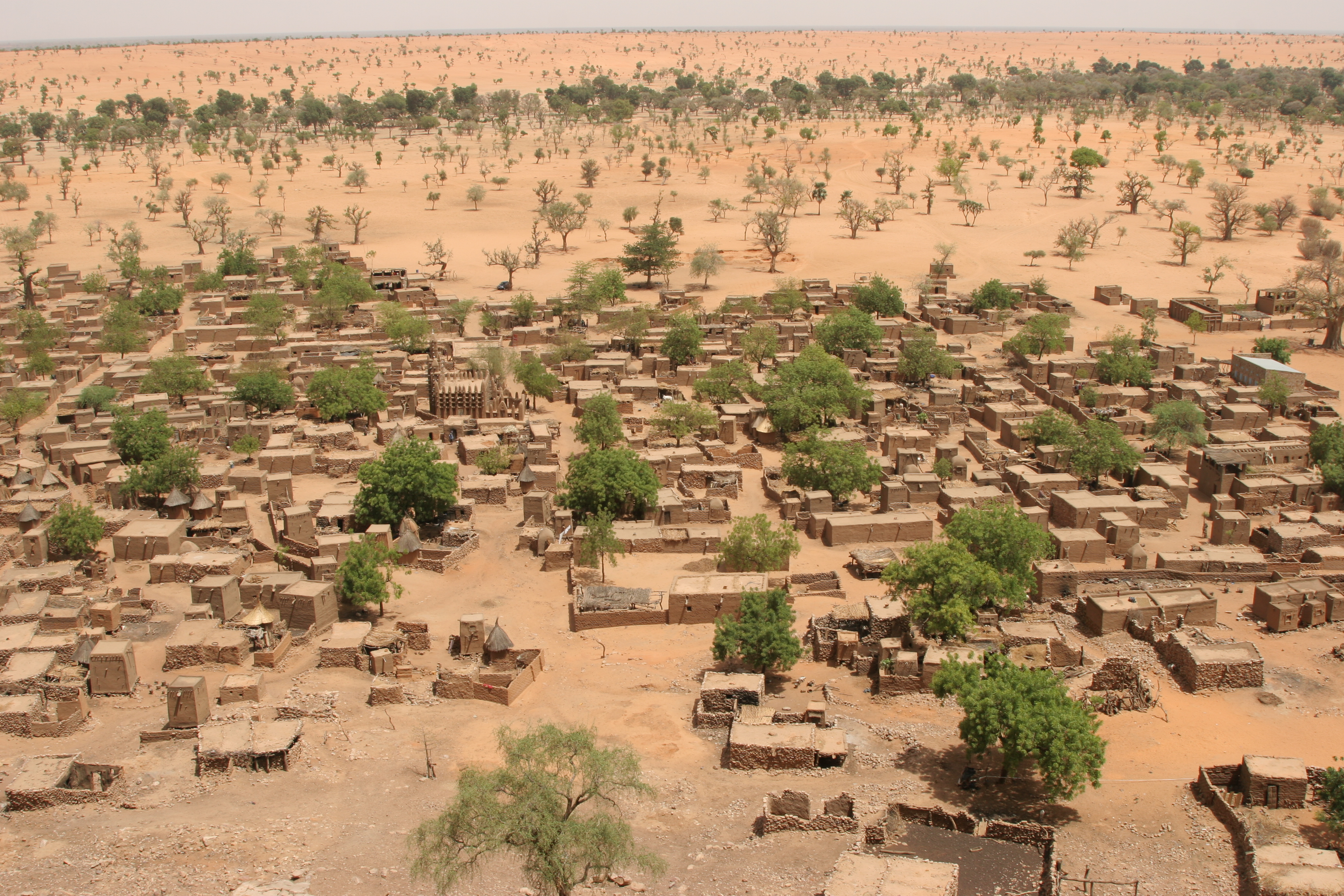The Sahel region spans the West African countries of Mauritania, Mali, Burkina Faso, Niger, and Chad. This semi-arid region is the boundary zone between the Sahara desert to the north and the humid Sudanian savannah to the south, and historically has experienced cycles of greening, drought and desertification. With the added stressors posed by climate change, constructive human management of the land is critical to ensuring social, economic and environmental resilience and sustainability. Unfortunately, this has not come to pass in recent history. The countries of the Sahel currently face multiple interlocked challenges of poverty, unsustainable resource use, food insecurity, conflict, climate change, and natural disasters, all of which serve as drivers of environmental degradation – defined as the loss of function and productivity of land across multiple sectors - in the region. One of the most visible markers of degradation is the ever-advancing Sahara Desert, which is encroaching on the Sahel due in large part to land degradation in the Sahel.
In this context, an integrated landscape approach is critical to effecting change and building resilience into the Sahel. A landscapeis a socioecological system with spatial and geographic boundaries and functions and can be defined in different ways. A watershed, an administrative unit of government, or an ecological area can all be landscapes. Landscapes provide many social, economic, and ecosystem/environmental services and benefits that can be leveraged through an integrated and sustainable landscape approach. Landscapes are an appropriate and effective unit for managing ecological assets given the interconnected nature of activities and management impacts within a landscape both locally and regionally. Indeed, evidence has shown that the landscape approach can generate multiple benefits, including socio-economic and ecological gains. The landscape approach considers the plethora of interacting social, economic and environmental elements across a geography and takes a spatial and socio-economic approach to managing the resources (water, land, forests, biodiversity, agricultural systems) to support and bolster ecosystem health and productivity and the livelihoods that depend on these ecosystems.
This e-book collates information on landscapes and the landscape approach in the Sahel in order to guide the planning and prioritization work of World Bank teams, clients, and development partners in the region. This e-book presents information on the landscapes of the Sahel, in particular the drivers of land degradation and potential challenges and opportunities in addressing these drivers. The e-book then explores innovative and emerging solutions and strategies to address these issues through integrated landscape management, including case studies of where the landscape approach has been successful to date.
Attention to data and information, institutions and policy, and investments will be critical to further advancing the landscape approach in the Sahel. Already, several projects have been implemented and others are underway and in development with a landscape approach lens in the region. These projects will benefit from leveraging best practices and lessons learned from other regions globally, and from integrating advances in data and information into the project cycle. Greater institutional cooperation and enabling policy development will likewise support the implementation of effective landscape approaches. Finally, investments into human capital and infrastructure will be critical to sustaining outcomes over time.

The village of Telly (Credits: Ferdinand Reus)